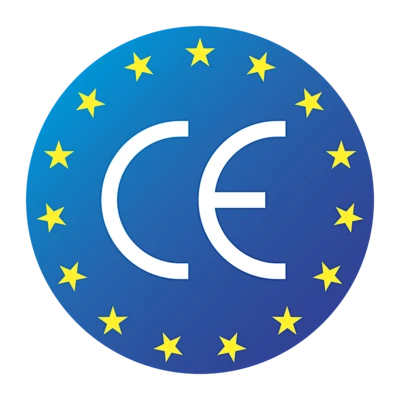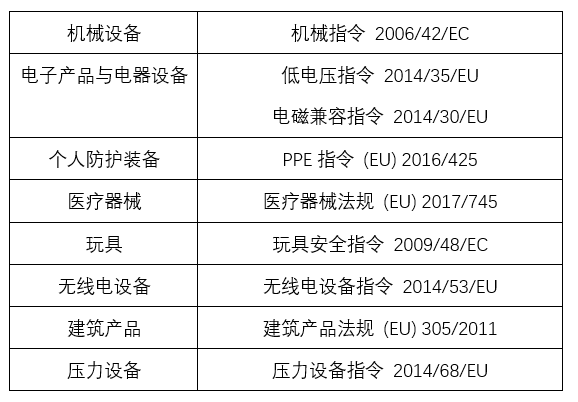Industry Science Popularization
Introduction to CE Certification
September 15 2025 Editor Becky W
The “CE” mark is a safety certification mark, regarded as the manufacturer’s passport to open and enter the European market.
“CE” stands for “Conformité Européenne,” meaning “European Conformity.” CE represents European harmonization (CONFORMITE EUROPEENNE). CE certification is the mandatory passport for products entering the European Economic Area (EEA) market. The EEA includes the 27 member states of the European Union, plus Iceland, Liechtenstein, and Norway.
Whether manufactured by companies within the EU or produced in other countries, all industrial products—such as medical devices, machinery, electrical appliances, toys, and personal protective equipment—must bear the “CE” marking to circulate freely in the EU market. This certification indicates compliance with the essential requirements of the EU’s New Approach Directives on technical harmonization and standardization.

Affixing the CE mark to a product signifies that the product declares:
This product complies with the essential health and safety requirements stipulated by relevant EU laws, regulations, and directives. This product has undergone the corresponding conformity assessment procedures.
This constitutes a mandatory requirement under EU law for this category of products. Other product types must comply with different legal regulations. For example, cosmetics must adhere to CPSR, PIF, CPNP, etc., which will not be elaborated upon here.

Prerequisites for Market Access: Any product sold in the EEA market that falls under categories requiring CE certification must bear the CE marking. Otherwise, it cannot clear customs or be sold.
Legal Compliance: Affixing the CE mark is the legal responsibility of the manufacturer. Failure to comply with relevant directives may result in product detention, removal from shelves, fines, or even legal liability.
Consumer Trust: The CE mark is a safety symbol familiar and trusted by European consumers, helping to enhance product competitiveness.
Free Movement within the EU: Once a product is certified as compliant in one EEA country, it can circulate freely throughout the entire EEA without requiring additional conformity checks.
It is important to emphasize that the CE mark is a safety compliance indicator, not a quality certification mark.
CE is not a “certificate” issued by any single body: it is a self-declaration system of conformity (for high-risk products, certification by an EU Notified Body is mandatory). Manufacturers bear primary responsibility for compliance.
CE certification does not cover all products. It applies only to product categories governed by specific EU directives and regulations. Common examples are listed in the table below:

For any company seeking to export products to the European market, CE certification is not an optional choice but a legal obligation that must be diligently fulfilled and a strategic business investment.
